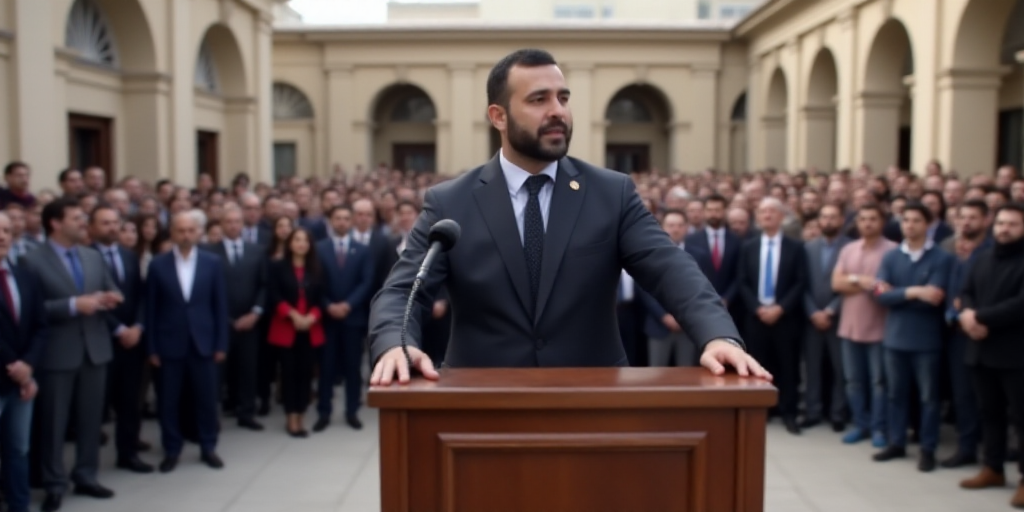Introduction and Background
In a significant step towards expanding access to higher education, the Mexican government, in collaboration with state and local authorities, is establishing a campus for the National University Rosario Castellanos (UNRC) in Tijuana, Baja California. This initiative is part of a national strategy to create over 330,000 new educational spaces.
The Role of Local Government
Ismael Burgueño Ruiz, the president municipal of Tijuana, emphasized that education is a shared responsibility among all levels of government. He highlighted the importance of creating conducive environments and fostering citizen participation to strengthen this collective effort.
Location and Offerings
The UNRC campus in Tijuana is strategically located in the city’s East side, known for its high population density and educational needs. With a projected enrollment of 5,400 students, the new institution will offer 11 bachelor’s degrees and engineering programs in hybrid modalities, making it a viable option for students in this border region.
Infrastructure and Investment
The rehabilitation of the campus includes two buildings with 65 classrooms, administrative spaces, an auditorium, a library, sports areas, and a linear park. The project has received an investment of over 433 million pesos, demonstrating the commitment of all levels of government to ensure the campus’s operational readiness.
Collaborative Model
The successful progress of this project is a testament to the collaborative model between federal, state, and local governments. President Municipal Ismael Burgueño, Governor Marina del Pilar Ávila Olmeda, and Rector Alma Xóchitl Herrera Márquez have worked together with the UNRC rectoria and under the direct support of President Claudia Sheinbaum Pardo.
Social Impact and Future Expansion
Governor Marina del Pilar emphasized that the university’s establishment is part of a strategy to recover public spaces and address vulnerable youth by providing professional training with a social focus. Rector Alma Xóchitl Herrera Márquez added that this educational model aims to generate a new generation of professionals with critical thinking and civic engagement.
Key Questions and Answers
- What is the purpose of establishing the UNRC campus in Tijuana? The primary goal is to expand access to higher education and create over 330,000 new educational spaces as part of a national strategy.
- Where is the UNRC campus located in Tijuana, and why was this area chosen? The campus is situated in Tijuana’s East side, prioritized due to its high population density and educational needs.
- What programs will be offered at the UNRC Tijuana campus? The institution will provide 11 bachelor’s degrees and engineering programs in hybrid modalities, addressing regional and national needs.
- How is the project being funded, and what is its total investment? The project has received an investment of over 433 million pesos from the collaborative efforts of federal, state, and local governments.
- What is the significance of this university campus for Tijuana’s youth? The UNRC campus aims to provide professional training with a social focus, addressing vulnerable youth and generating a new generation of professionals with critical thinking and civic engagement.






